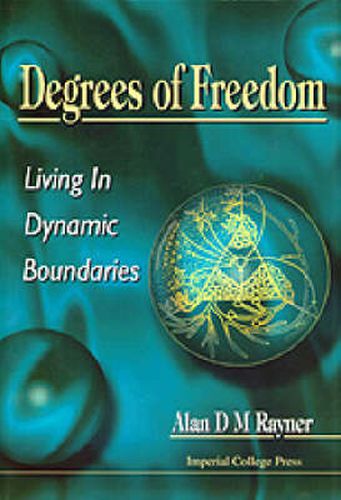Readings Newsletter
Become a Readings Member to make your shopping experience even easier.
Sign in or sign up for free!
You’re not far away from qualifying for FREE standard shipping within Australia
You’ve qualified for FREE standard shipping within Australia
The cart is loading…






Drawing on insights emerging from studies of the cellular networks formed by fungi, this book describes the fundamental indeterminacy that enables life forms to thrive in and create inconstant circumstances. It explains how indeterminacy arises from counteraction between associative and dissociative processes at the reactive interface between living systems and their surroundings. It stresses the relevance of these processes to understanding the dynamic contexts within which living systems of all kinds - including human societies - explore for, use up, conserve and recycle sources of energy. By focussing on dynamic boundaries, the book counterbalances the view that living systems are assembled entirely from building-block-like units - individuals and genes - that can freely be sifted, as opposed to channelled , by natural selection. It also shows how the versatility that enables life forms to proliferate in rich environments, whilst minimizing losses in restrictive environments, depends on capacities for error and cooperation within a fluid, non-hierarchical power structure.
$9.00 standard shipping within Australia
FREE standard shipping within Australia for orders over $100.00
Express & International shipping calculated at checkout
Drawing on insights emerging from studies of the cellular networks formed by fungi, this book describes the fundamental indeterminacy that enables life forms to thrive in and create inconstant circumstances. It explains how indeterminacy arises from counteraction between associative and dissociative processes at the reactive interface between living systems and their surroundings. It stresses the relevance of these processes to understanding the dynamic contexts within which living systems of all kinds - including human societies - explore for, use up, conserve and recycle sources of energy. By focussing on dynamic boundaries, the book counterbalances the view that living systems are assembled entirely from building-block-like units - individuals and genes - that can freely be sifted, as opposed to channelled , by natural selection. It also shows how the versatility that enables life forms to proliferate in rich environments, whilst minimizing losses in restrictive environments, depends on capacities for error and cooperation within a fluid, non-hierarchical power structure.